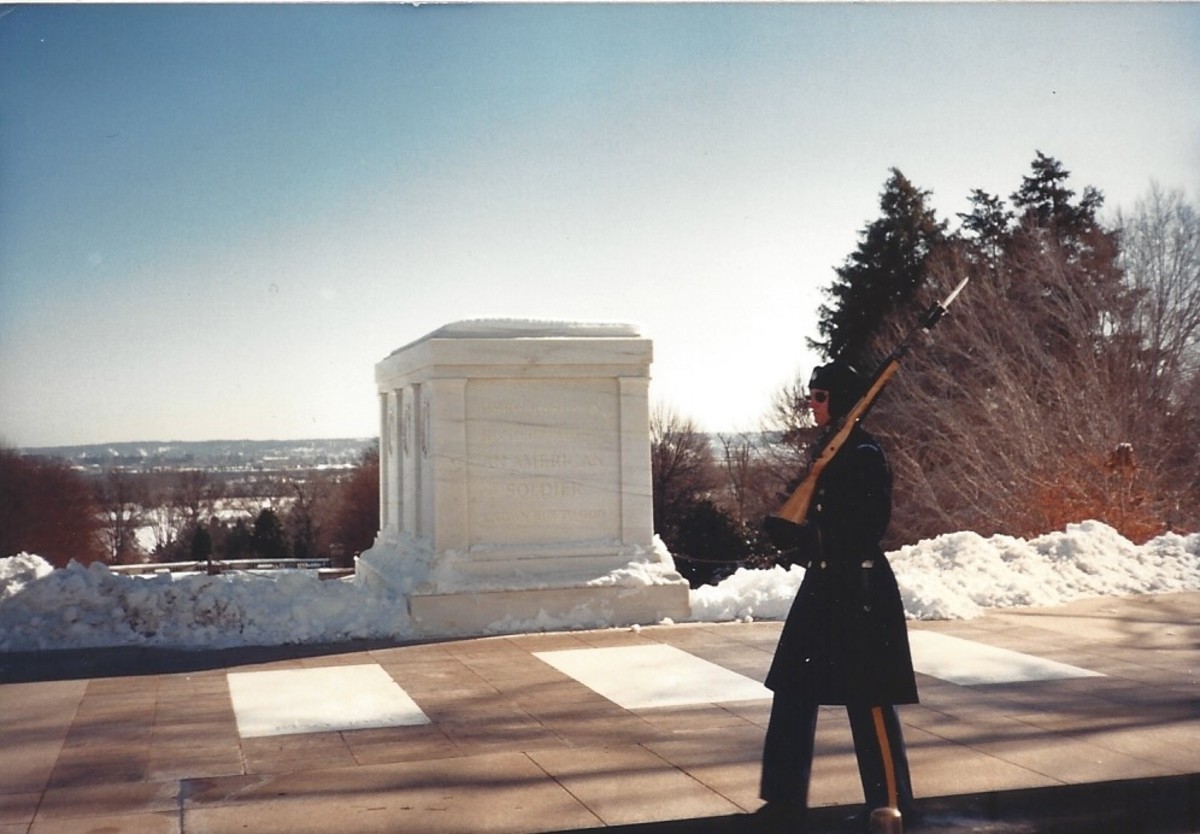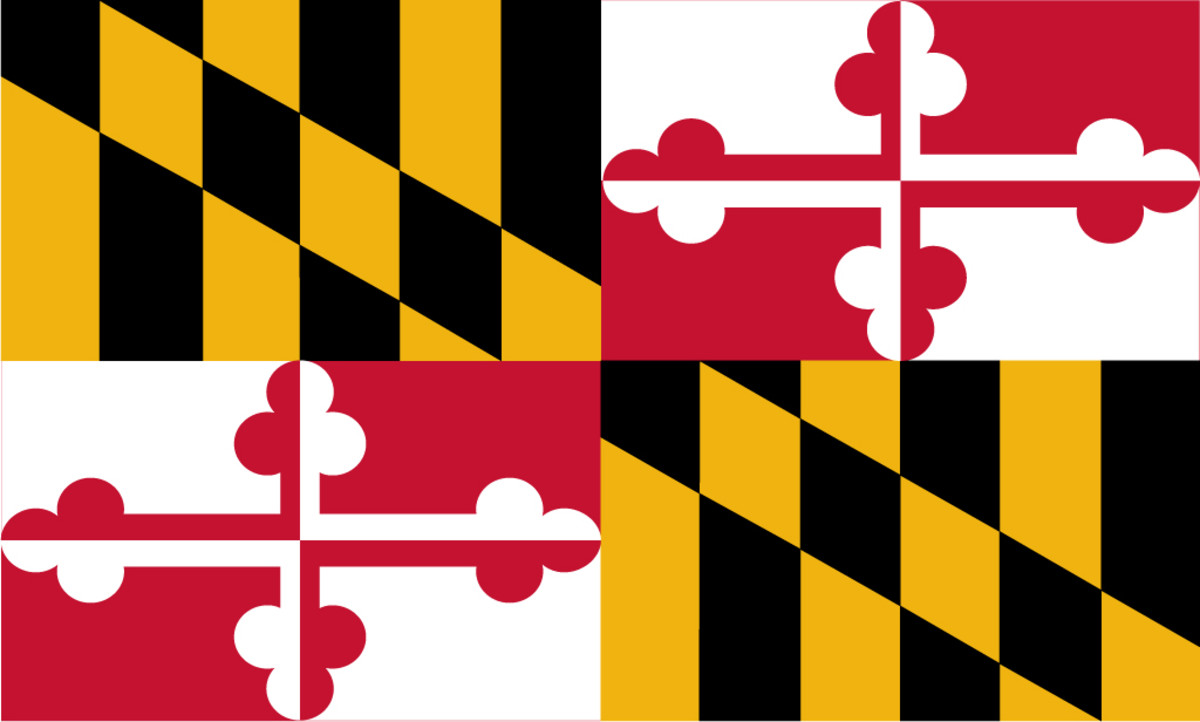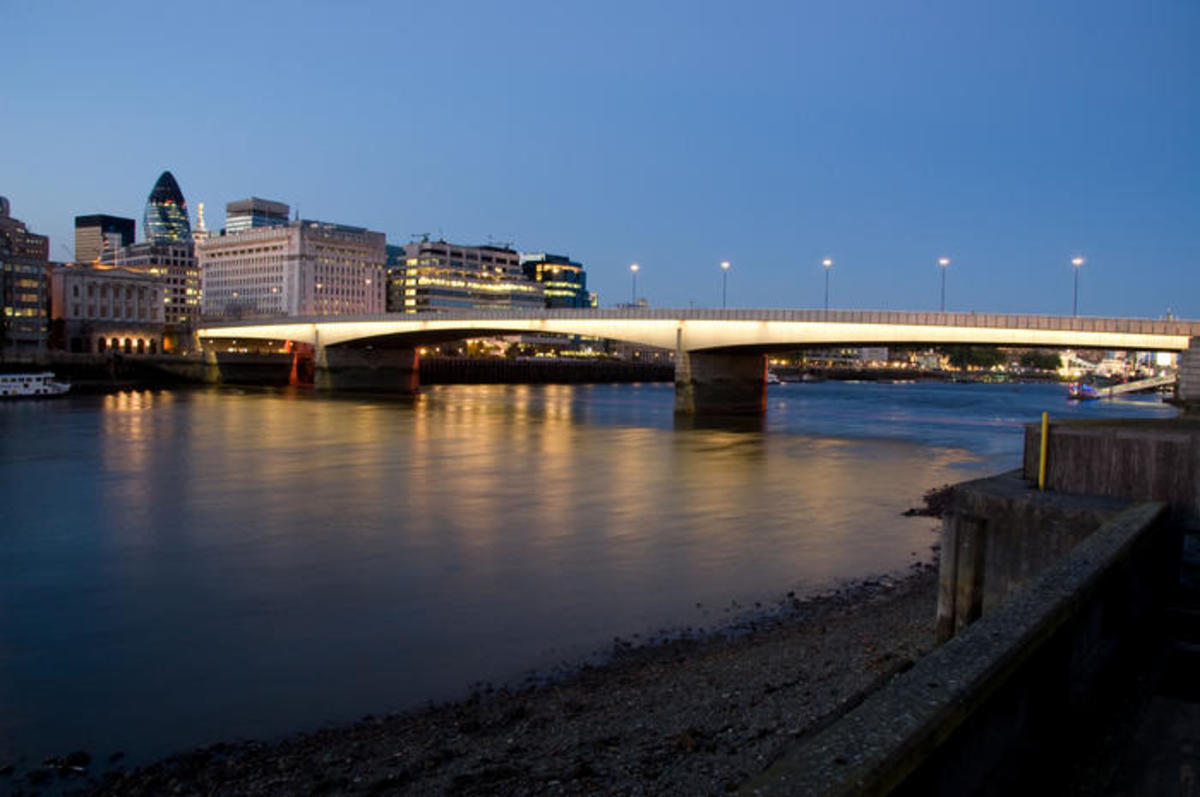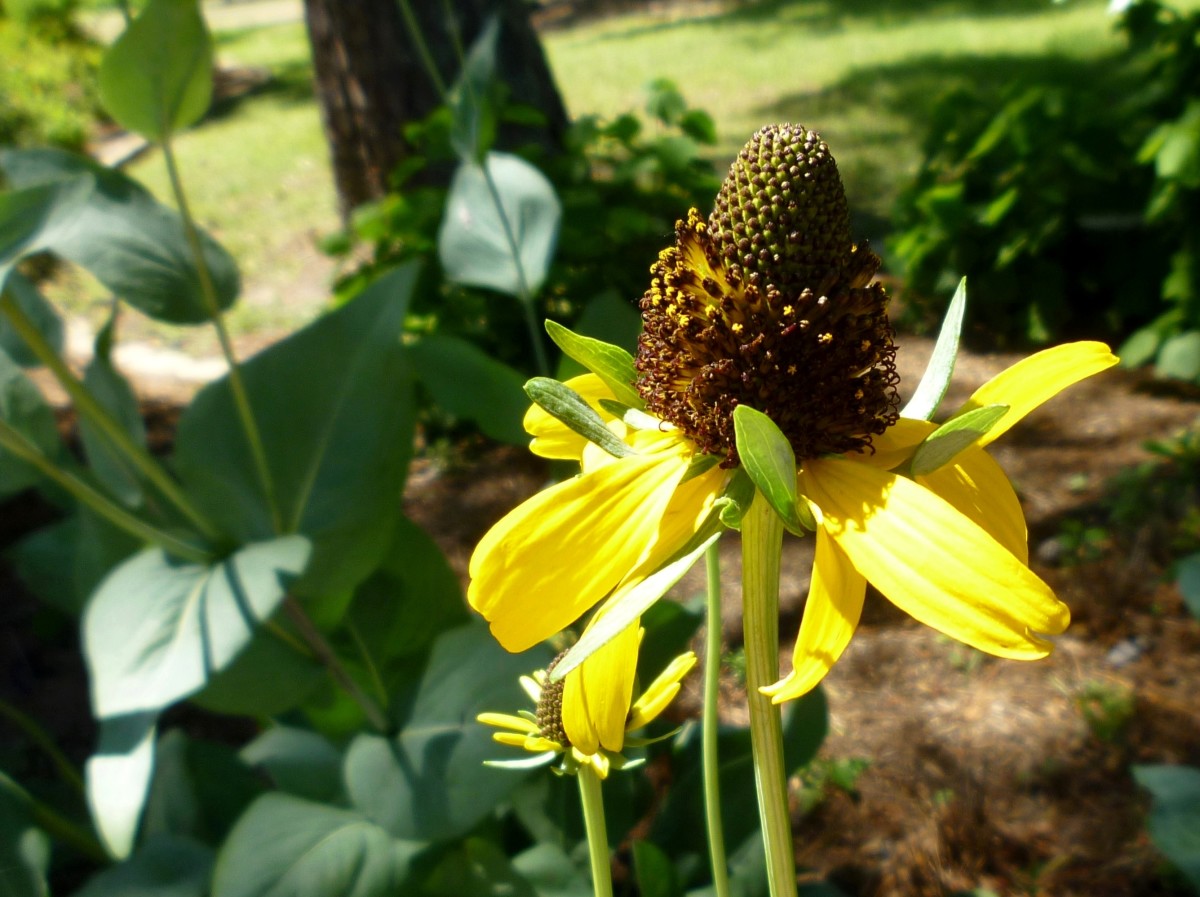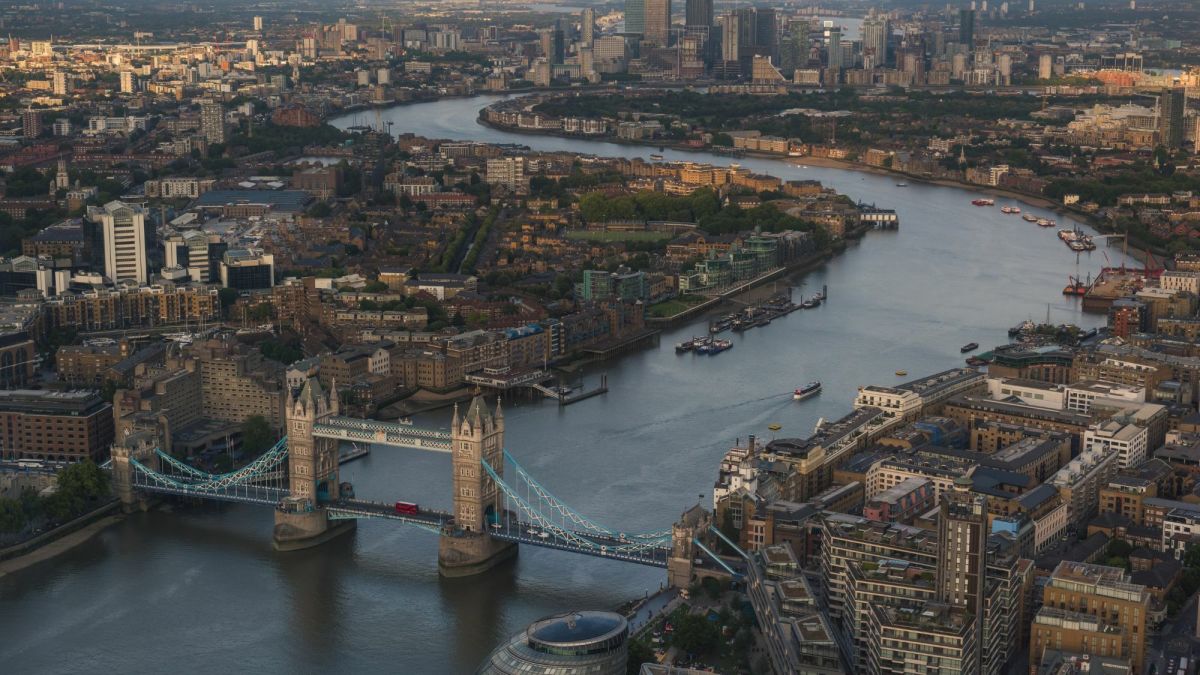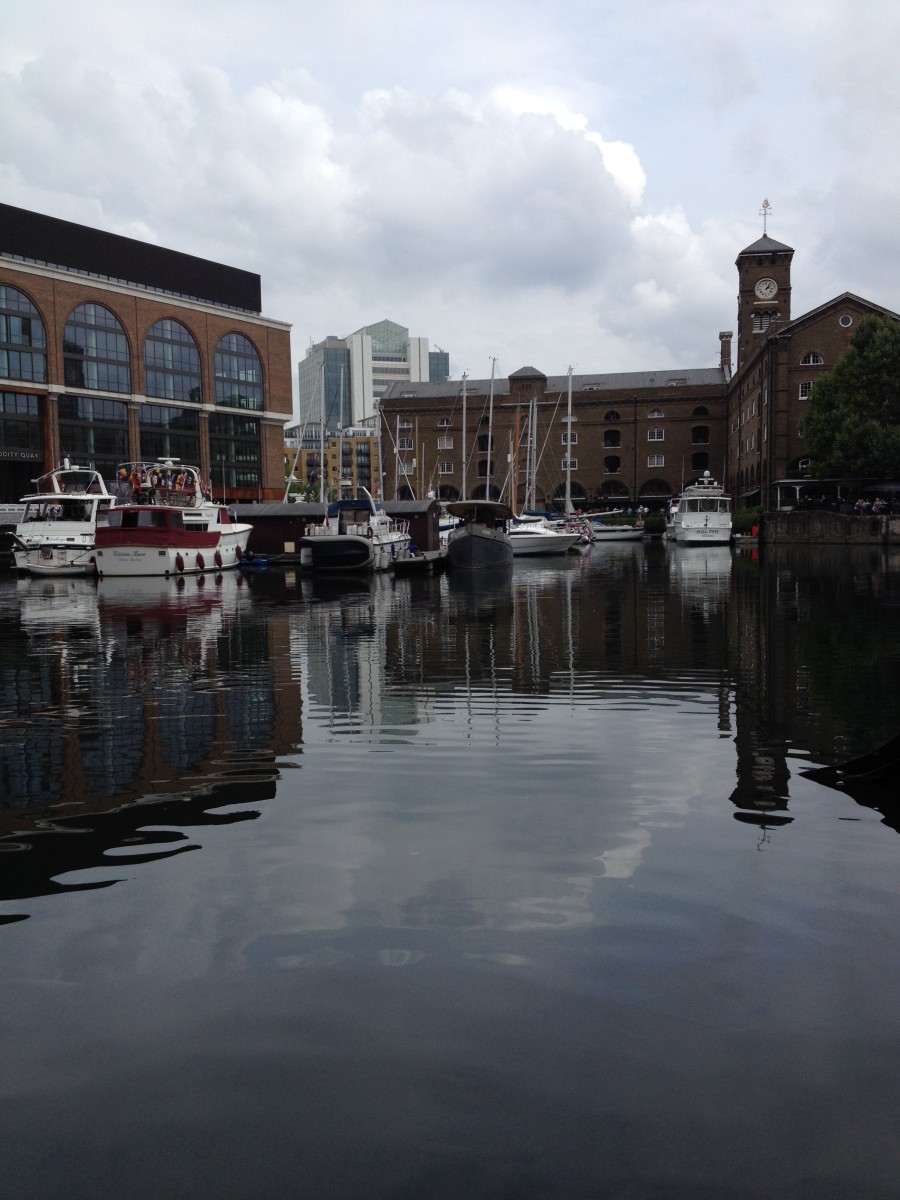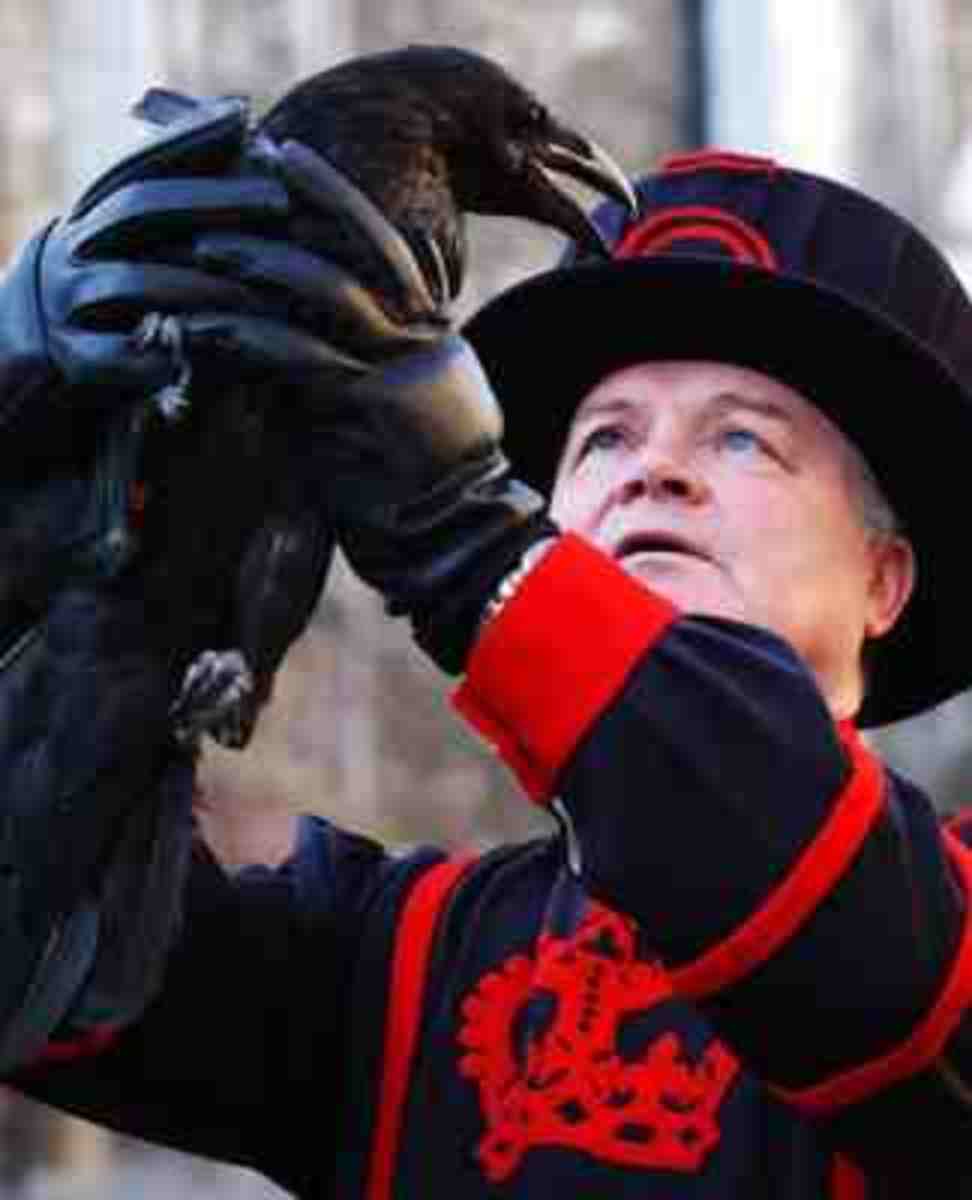- HubPages»
- Travel and Places»
- Visiting Europe»
- United Kingdom»
- England
The wonderful world of central London's Royal Hyde Park
Hyde Park is one of the glorious Royal Parks in London.
It is far from the only one, London is very blessed with a wide variety of green spaces, from the large and majestic Royal Parks, to small garden squares all over town, set amidst Georgian terraced houses.
Together with its neighbouring parks, Kensington Gardens and St. James' Park, Hyde Park's 350 acres provide greenery, sports facilities, plants, trees, flowers, birds and space for Londoners and visitors to London.
This article will tell you about the history, establishment, layout and buildings of Hyde Park.
It will also tell you about some of the many significant war memorials, statues, and fountains which are in or next to Hyde Park.
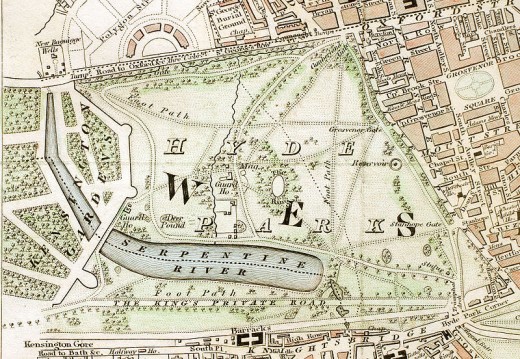
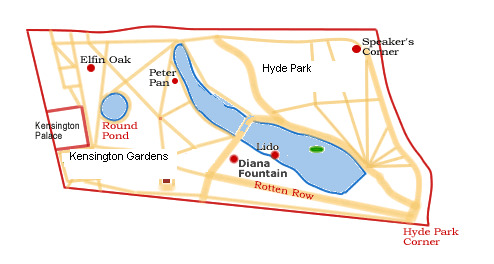
- Victorian London - Hyde Park
Fascinating descriptions of, and letters about, Hyde Park from Victorian times.
History of Hyde Park
Hyde Park originally belonged to the Canons of Westminster Abbey until the dissolution of the monasteries in the 1530s.
King Henry VIII appropriated it for himself in order to be a hunting ground, and deer and wild boar were kept in the Park for his hunting pleasure.
It stayed a hunting ground from 1536 until James I, came to the throne and decided to allow some public access.
James I appointed a park ranger to be in charge of Hyde Park and to run it.
Charles I later opened the Park to the general public most of the time in 1637. He also built The Ring, near where the Serpentine Boat Houses are at the moment.
In the year of the Great Plague of London, 1665, Hyde Park became a kind of refugee camp.
People from the City of London and from Westminster left their homes, afraid of the plague, and camped in Hyde Park.
William III, who ruled in conjunction with his wife Queen Mary II, elder daughter of James II, decided to live in Kensington Palace.
He decided that the walk from Kensington to the Government Centre at St James was unsafe, and made an artificially lit road between the two places.
This is the road now known as Rotton Row, which is thought to be a corruption of the French “route de Roi”, or the "road of the King".
George II, and his wife, Queen Caroline, created the Serpentine. This is the lake in the middle of Hyde Park which stretches over to Kensington Gardens, and results from the damming of the River Westbourne.
The
Lido, an open air swimming pool, was built by the Commissioner of
Royal Parks Works in 1930, and the current Boat Houses were completed
at about the same time.
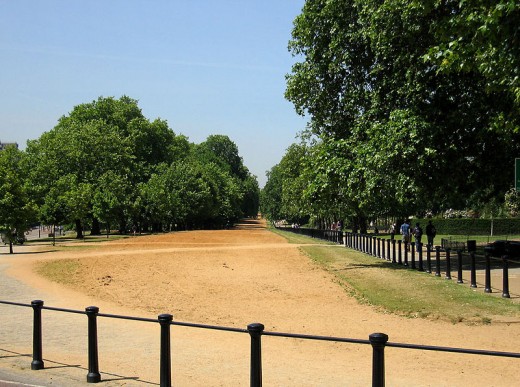
From a letter to The Times, June 1848, complaining about the water quality in the Serpentine:
At the present time the Serpentine is truly a water-hole - a stagnant pond - the recipient of delinquent or unfortunate dogs and cats - the outlet for much other indescribable filth, and the reservoir of sickening and putrefying fish.
Several eminent physicians addressed the meeting held on this subject, and they most distinctly pointed out the many evils resulting from it.
The Free Watermen complain that no one will ride in their boats on account of the filthy water; the medical profession advise their patients not to lounge near this cloaca maxima; and the bathers are fairly frightened away.
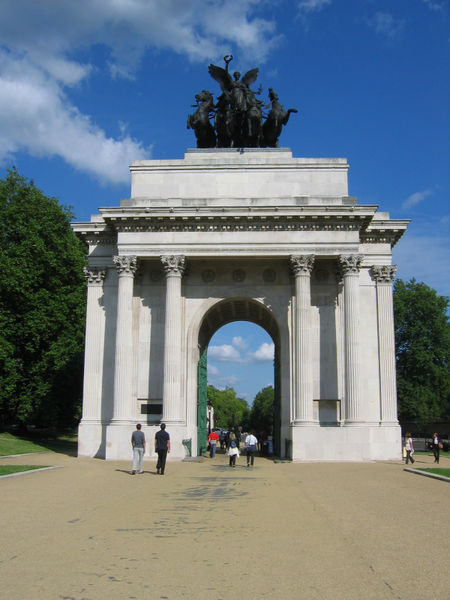
Layout, landscaping and plants in Hyde Park
During the Civil War, 1642 to 1649, Parliamentary troops (led by Oliver Cromwell) dug earthworks on the east side of the Park to defend the City of Westminster from attacks by Royalist forces.
There is still a raised bank next to Park Lane which is the remains of those defensive trenches.
When Queen Caroline dammed the Westbourne stream in order to create the Serpentine, she started a new fashion.
Until the Serpentine, artificial lakes were usually long and straight, more like canals than natural lakes. The Serpentine was designed to look naturally occurring, and became fashionable all over the country.
George IV instituted a major makeover of Hyde Park in the 1820s, and the entrance at Hyde Park Corner was built, from the Triumphal Screen still in place, to Wellington Arch, later moved to the middle of the roundabout which operates round Hyde Park Corner.
The walls around the Park were knocked down and replaced with iron railings, a bridge was built across the Serpentine, and Hyde Park was separated from Kensington Gardens by the road called West Carriage Drive.
Hyde Park is a diverse environment. The Royal Parks Commission has made considerable effort to encourage diversity, and the meadow area of Hyde Park has been set aside for wild flowers to grow to encourage in particular butterflies and bees.
There is a population of Long Tailed Tits, Robins, Dummocks, and other native small birds. The Serpentine is rich with different types of wildlife, including Great Crested Grebes (winter migratory birds), Bats, Buzzards and Egyptian Geese.
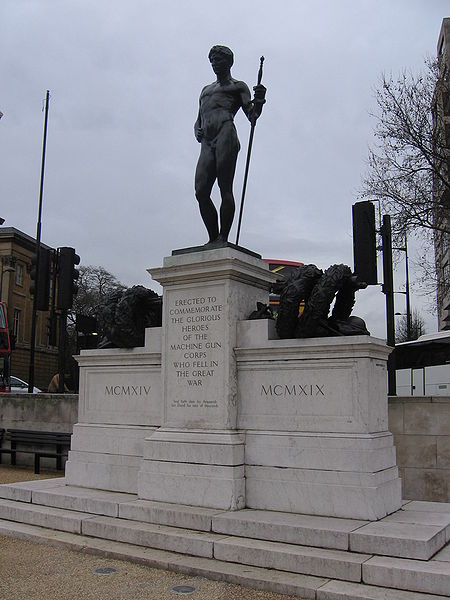
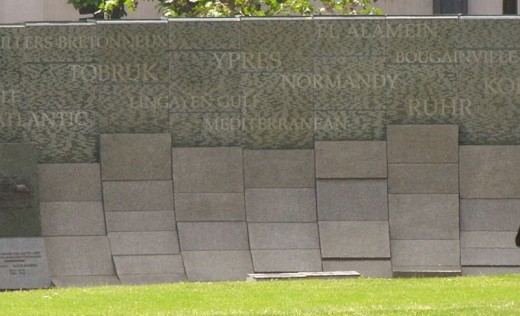
- The Gentleman's magazine
Description of the Wellington Statute from the time it was built. - Fountain reflects Diana's 'joy and grief'
A fountain to commemorate Princess Diana's life will have features to reflect both the joy she brought and the inner turmoil she faced, says its designer. - A Sculpture Walk in Hyde Park
A leisurely walk in Hyde Park, London, starting from Marble Arch and taking in Hyde Park Corner and the Albert Memorial, looking at mainly 19th Century sculpture
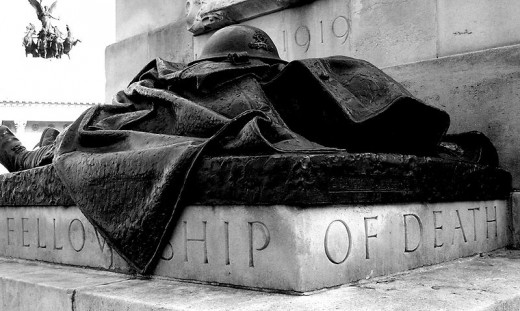
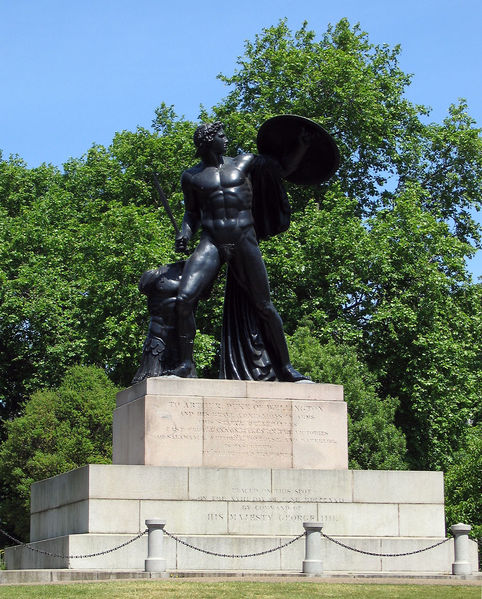
Memorials, statues and gates in Hyde Park
There is a statue called Monument to the Cavalry of the Empire just off the west side of Park Lane, and a boy and dolphin statue, near to Rotton Row.
The island at the centre of the Hyde Park Corner roundabout contains a number of war memorials.
The Australian War Memorial commemorates the 102,000 Australian citizens who died in the First and Second World Wars.
It was opened by Queen Elizabeth II on 11th November 2003 (Remembrance Day) and is a curved wall made of granite from Australia.
Water runs over the Memorial, and the names of battles in which Australian troops were involved are carved upon it.
Near to the Australian War Memorial, is the New Zealand War Memorial. It’s at the Piccadilly side of the traffic island, and was dedicated on 11th November 2006.
It was opened by Queen Elizabeth II. It is built of 16 bronze standards set out on a slope on the island. Each of which is carved with some texts, and other patterns.
The Machine Gun Corps Memorial, nicknamed “the Boy David”, is also on the same traffic island in Hyde Park Corner. It commemorates the Machine Gun Corps of the First World War.
On the centre plinth of the Memorial is a statue of the young King David, and guns are on the smaller plinths either side. It was originally installed in 1925, and moved to its current position in Hyde Park Corner in 1963.
The inscription reads:
Erected to commemorate the glorious heroes of the Machine Gun Corps who fell in the Great War
“Saul hath slain his thousands; But David his tens of thousands”.
The Marble Arch itself, designed by John Nash, was built in the 1820s. It was originally placed at the entrance to Buckingham Palace, but was moved to form an entrance to Hyde Park later.
The Royal Artillery Memorial at Hyde Park Corner was set up to commemorate the British Royal Regiment of Artillery from the First World War. It was built and opened in 1925.
The inscription reads,:
In Proud Remembrance of the Forty-Nine Thousand and Seventy-Six of All Ranks of the Royal Regiment of Artillery Who Gave Their Lives for King and Country in the Great War 1914- 1919.
The Memorial shows a number of soldiers doing different things, including one leaning against a wall, another reading a letter.
A dead artillery man, covered with his coat and with his tin hat put on top of him is also shown, with the inscription, Here was a royal fellowship of death, a quotation from Henry V (Shakespeare).
The Wellington Monument is at the southern end of Park Lane, not far from Hyde Park Corner.
It was opened in June 1822, and commemorates the First Duke of Wellington and his victories, especially in the Napoleonic wars (such as the Battle of Waterloo).
The 18 foot high statue of the Greek hero Achilles was made from metal taken from captured guns from the enemy. The inscription reads:
To Arthur Duke of Wellington and his brave companions in arms this statue of Achilles cast from canon taken in the victories of Salamanca, Vittoria, Toulouse, and Waterloo, is inscribed by their country-women. Placed on this spot XVIII day of June MDCCCXXI by command of His Majesty George III.
The Diana, Princess of Wales Memorial fountain is in the south-west of Hyde Park, and cost £3.6million to build.
It is made of 545 pieces of Cornish granite, and is an oval streambed with water flowing along it.
If you'd like to know more about Hyde Park, I can help there.
For information about sports, activities, children's activities, disabled access, and special events such as concerts, see this article for more details.


